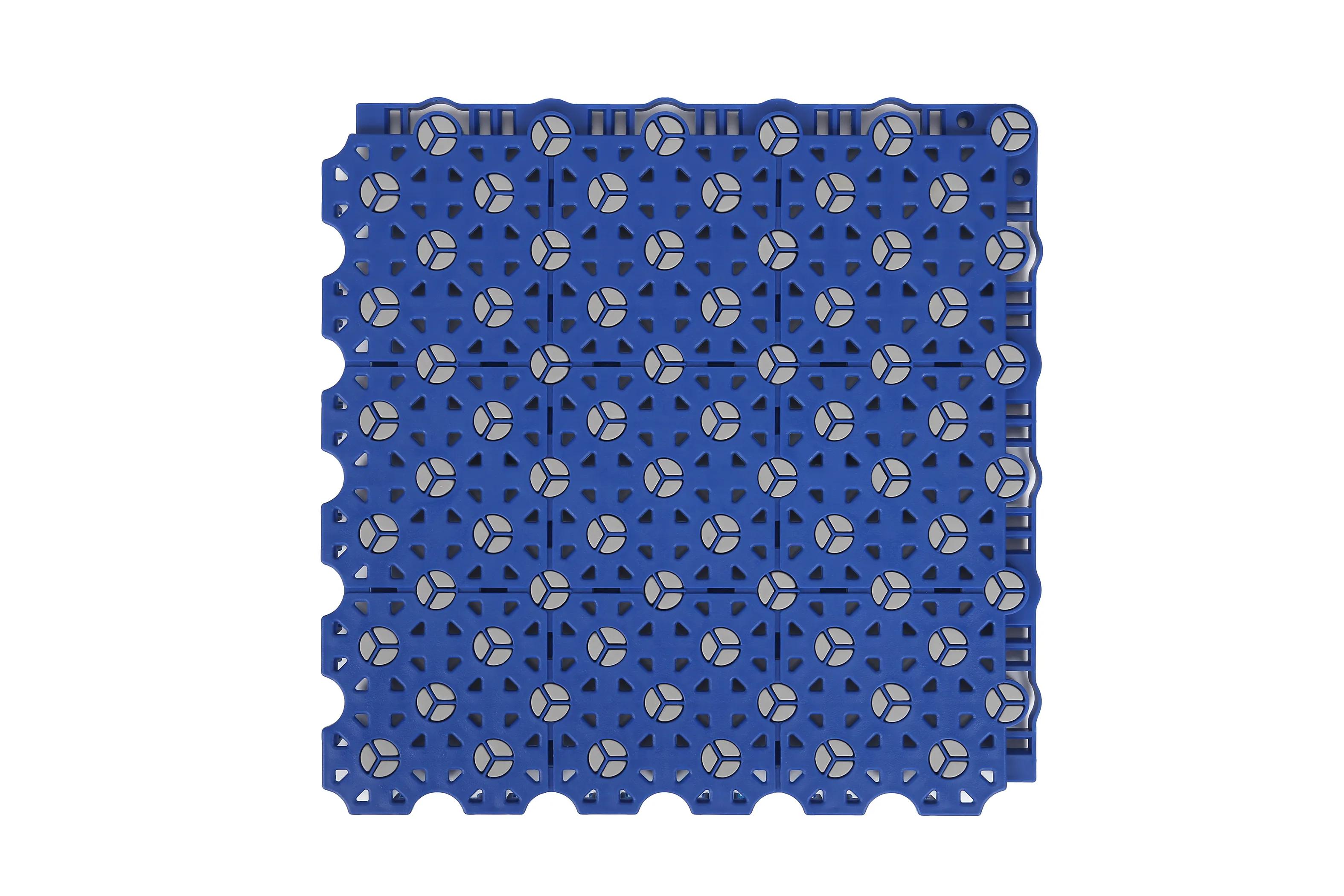Aug . 07, 2024 19:20 Back to list
Exploring the Benefits and Features of Rubber Surfaces for Running Tracks and Athletic Facilities
The Benefits of Rubber Running Track Surfaces
Running is one of the most popular forms of exercise, providing countless benefits to individuals of all ages. To enhance this activity, many athletic facilities have opted for rubber running track surfaces. These surfaces are engineered to offer superior performance, safety, and durability compared to traditional options. In this article, we will explore the advantages of rubber running track surfaces and why they have become a preferred choice for athletes and sports organizations alike.
Enhanced Performance
One of the most significant benefits of rubber running tracks is the enhanced performance they provide. Rubber surfaces are designed to offer a perfect balance of cushioning and firmness, allowing athletes to maximize their speed and endurance. The elasticity of rubber helps absorb shock, which reduces the fatigue that runners experience during prolonged workouts. This means that athletes can train harder and longer without the risk of injury that often comes from running on harder surfaces like asphalt or concrete.
Injury Prevention
Injuries are a common concern for runners, especially those who engage in regular long-distance training. Rubber tracks mitigate this issue by providing excellent shock absorption. This reduces the impact on the joints, particularly the knees and ankles, which are often vulnerable to injury. By minimizing the risk of stress fractures, sprains, and other injuries, rubber running tracks ensure that athletes can maintain their training schedules and improve their performance over time.
Weather Resistance
rubber running track surface

Another significant advantage of rubber running tracks is their weather-resistant properties. Unlike traditional surfaces that can become slick when wet or damaged by extreme temperatures, rubber tracks maintain their integrity under various weather conditions. This means that athletes can train outdoors year-round, regardless of rainfall or temperature changes. The non-slip surface of rubber ensures safety while running, making it a reliable option for tracks used in public or competitive settings.
Low Maintenance
Rubber running tracks require minimal maintenance compared to other track surfaces. While natural grass may need regular mowing and upkeep, rubber surfaces can be easily cleaned and are resistant to fading from UV exposure. With proper installation and occasional inspections, these tracks can last for many years without significant repairs. This durability translates to cost savings for schools, sports clubs, and athletic facilities, as they won't need to invest heavily in maintenance and repairs.
Environmental Considerations
Rubber running tracks are often made from recycled materials, such as discarded tires. This use of eco-friendly materials not only helps reduce waste but also fosters a more sustainable approach to athletics. By choosing rubber surfaces, organizations can promote their commitment to environmental responsibility, appealing to athletes and the community who value sustainable practices.
Conclusion
In summary, rubber running track surfaces offer numerous benefits that cater to the needs of athletes and sports organizations alike. With enhanced performance, injury prevention features, and low maintenance requirements, these surfaces have become a popular choice for new track installations. Additionally, their weather resistance and environmentally friendly properties make them a forward-thinking solution for modern athletics. As running continues to grow in popularity, investing in high-quality rubber running tracks will undoubtedly support athletes in achieving their goals while promoting a safer, healthier workout environment.
-
Premium Volleyball Court Mat: Safety, Durability & Performance for Global Play
NewsNov.23,2025
-
Durable and Eco-Friendly Rubber Play Mats Outdoor for Safer Playgrounds
NewsNov.22,2025
-
Comprehensive Guide to Types of Interlock Tiles: Materials, Uses & Trends
NewsNov.22,2025
-
Exploring Different Types of Interlocking Tiles: Global Uses and Benefits
NewsNov.21,2025
-
PVC Interlocking Floor Tiles Price – Comprehensive Guide for Smart Flooring Choices
NewsNov.20,2025
-
Comprehensive Guide on Interlock Tiles Cost – Understanding Value and Applications
NewsNov.19,2025

